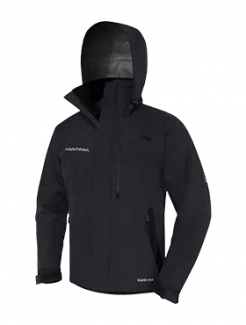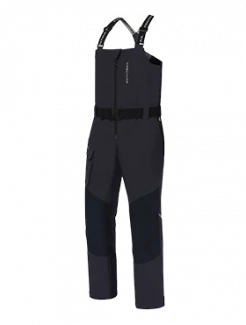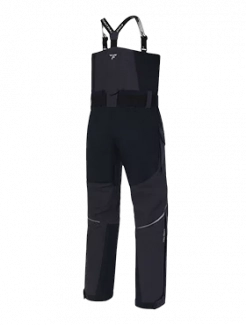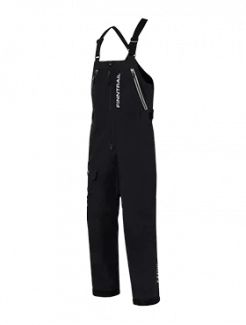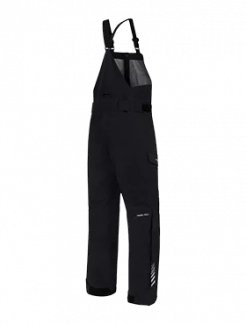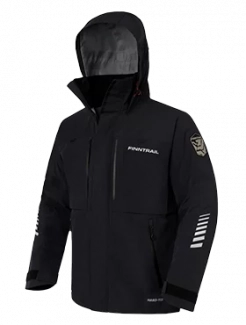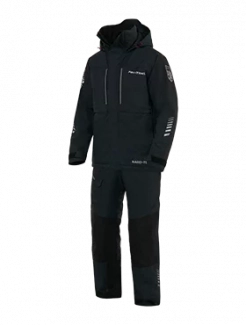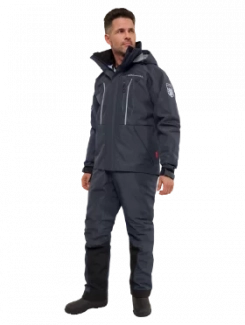Why Water Temperature Matters More Than You Think
How does temperature affect fishing?
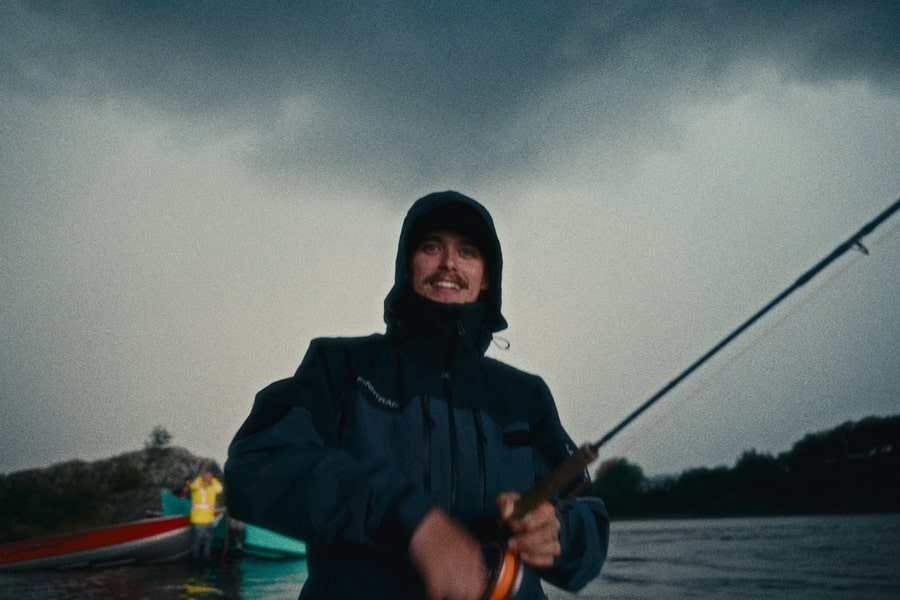
Water temperature plays an enormous role in fish psychology. The difference of only two degrees can ruin your fishing day, because the fish behavior depends on the temperature. It is explained by the fact that fish are ectothermic and their body temperature matches the surrounding water. For example, if the water temperature is around 18°C, the fish’s temperature is similar to that. And, in warm water, fish temperature changes, and they get hungry faster and tend to be attracted by everything interesting that appears in water, like different colorful lures, live or artificial baits, or snacks.
By contrast, when fish live in colder waters, it slows the fish’s metabolism, and fish are usually reluctant to bite and even to swim. In these conditions, fish are prone to save their energy by staying in one place, making them unwilling to go the extra mile. So, the best decision here is to use live baits to attract fish during winter fishing. They may also look sluggish or sleepy, and they only bite when the bait is right in front of them.
Temperature drops not only affect fish’s feeding behavior, but their behavioral patterns as well. During hot summer days, fish move to deep, cooler places to chill there. You can find them in remote and subtle places like under bridges, in the shade of trees, or underwater mazes. So, urban wade fishing is often the best option for scorching weather.
In colder seasons like early spring, late fall, or winter, the water temperature is more even from top to bottom and usually colder overall. That means fish do not swim at one depth and often spread out more. On sunny spring days, they might come closer to the surface to feed where the water is just a bit warmer. But in the peak of summer, when it gets hot, fish often slow down and stop feeding during the middle of the day. Instead, they will bite more in the cooler morning or evening hours.
So, how does temperature affect fish? In short, fish are always looking for that sweet spot: a mix of good temperature and enough oxygen. Where they find that balance depends on the time of year.
What fish can survive in freezing temperatures?
Have you ever wondered how fish manage to survive in icy lakes or freezing rivers when everything seems dead quiet under the surface? Some fish have developed truly amazing tricks to stay alive in cold or even sub-zero water, and knowing about them might just change the way you fish in winter.
Let us start with the toughest of the bunch. In the icy waters around the North and South Poles, there are fish that swim in water as cold as –2°C, which is below freezing. How do they not turn into pieces of ice? These fish have blood compounds, called antifreeze proteins, that stop blood from freezing. It is like their own internal anti-ice system, and it allows such species as flounders or snailfish to survive during harsh winters. So, what temperature can fish survive in? The answer is up to –2°C.
But you do not have to travel to the poles to see cold-weather survivors. Right here in regular ponds and lakes, fish like common carp and goldfish, have their survival game plan too. In winter, when the surface ices over and oxygen gets low, these species do something truly unexpected as they start breaking down sugars in their bodies without using oxygen. This process creates alcohol (yes, real ethanol), which they release through their gills. It helps keep their bodies from freezing. So, if you pull a sluggish carp from a pond in late January, do not be surprised, as most of the water creatures either stay in low-power survival mode or hibernate.
On the other hand, there are fish species that become more active in winter. Perch, for example, is the main character in winter as they become very interested in hanging out with a school of perch and keen on biting colorful lures.
Catfish are another cold-water oddity. Some types, like bullheads, can survive in lakes that are partly frozen. There is even some evidence they can handle a little ice inside their gut that sounds crazy, but nature is full of surprises. They do not make antifreeze proteins like polar fish, but they do well by finding the right spots and slowing way down.
Another astonishing example of nature’s wonders is the fish that reproduce in winter. Whitefish, salmon, or trout are the species that reproduce in cold water in late autumn or winter. Trout and salmon, for example, often head upstream into flowing water where ice has a harder time forming, where water does not freeze as easily, especially around small rapids and springs. Also, for fly fishing, water temperature becomes critical, as cold-water species are more active in specific temperature ranges. But catching fish during spawning season is usually prohibited. Thus, be aware of the laws and regulations in the area.
So next time you are out ice fishing or scouting a winter stream, remember, that the fish you are after might be enduring some serious conditions under the surface. But if you understand their behavior and biology, you will have a better shot at knowing where they’re hiding.
Seasonal tips on how to improve fishing
-
Spring. Anglers can gain a big advantage by matching tactics to water temperature. First, measure water temperature (using a thermometer or fishfinder) to understand where fish are likely holding. In spring as water warms, fish become more active. They will often move shallow first thing in the morning when surface water hits their optimal range, so try early baitfish-type presentations or bright lures near shore. In mid-spring, crustacean-feeders like bass move onto flats and flooded vegetation as temperatures climb, but in cold spring days, they may stay deeper.
-
Summer. Fish will spend sunny days deep or under cover, so focus on cooler water pockets. Vertical jigging or slow trolling at depth can be effective. As the day warms, topwater or surface lures can entice feeding in early morning or evening when fish move shallow to feed. Remember that warm water holds less oxygen, and after a heavy, hot summer rain, fish may seek clean inflows or springs. In shallow lakes, early-morning thermoclines mean fish feed near the surface briefly before moving deep by mid-morning.
-
Autumn. Many species feed actively to fatten up before winter. Try fading color patterns (brownish, natural hues) in shallow bays during warm afternoons because large trout, bass, and panfish often “hump” up one last time as the water temperature is 10°C-15°C degrees. Also, note that as the surface cools, fish begin to move deeper again at night.
-
Winter. In winter, fish metabolism is slowest, so they feed infrequently and respond better to slower-moving baits. Target structural “hotspots” that hold slightly warmer water (like submerged springs or deep holes). Subtle presentations (like small jigs tipped with bait) and patience pay off. When ice melts, watch the shallow warmest edges first, then deeper flats, because fish often gather there.
How does water temperature affect fish respiration?
Fish breathe differently when the water changes its temperature. When the weather is hot and goes above 20°C,non-tropical fish struggle to survive because their gills move faster and they need to breathe faster. They need more oxygen, and they are less attentive to what happens around them. They do not hesitate to bite a bait; they only react, and you can have one successful hookset after another. Experienced fishermen know that fishing on hot days always brings a big catch. On the other hand, fish breathe more slowly on cold days because water contains more dissolved oxygen. As a result, fish prefer staying in their comfort zone and do not chase lures.
Saltwater vs. freshwater fishing: how temperature changes everything
When you fish in freshwater, the temperature behaves differently and may go several degrees up over a couple of hours. Saltwater, in contrast, holds heat better and warms or cools more slowly, thanks to its salt content and volume; it stays steady all over the day.
In freshwater, especially in spring and autumn, fish move closer to the shallows to chill in warmer areas. There is more food there, and it is more comfortable in the early morning. Rocks, sand, and clay heat up and act like natural “heaters” for the water. And the fish can sense that. The ideal temperature for freshwater fish ranges between 20 and 26 degrees Celsius.
In saltwater, the logic is different. In the heat, fish struggle because warm water holds less oxygen. And this is where it gets interesting: fish gather in channels, inlets, and around points where the current enriches the water with oxygen. Also, fishing is usually best during the incoming tide and around the tide changes because then, water is enriched with oxygen. Also, the sea surface temperature differs from the temperature in depth, and that is why you may try fishing at different levels for a better catch.
Summing up, understanding freshwater and saltwater fish temperature preferences can help fishermen find the right depth and location for a great fishing day.



